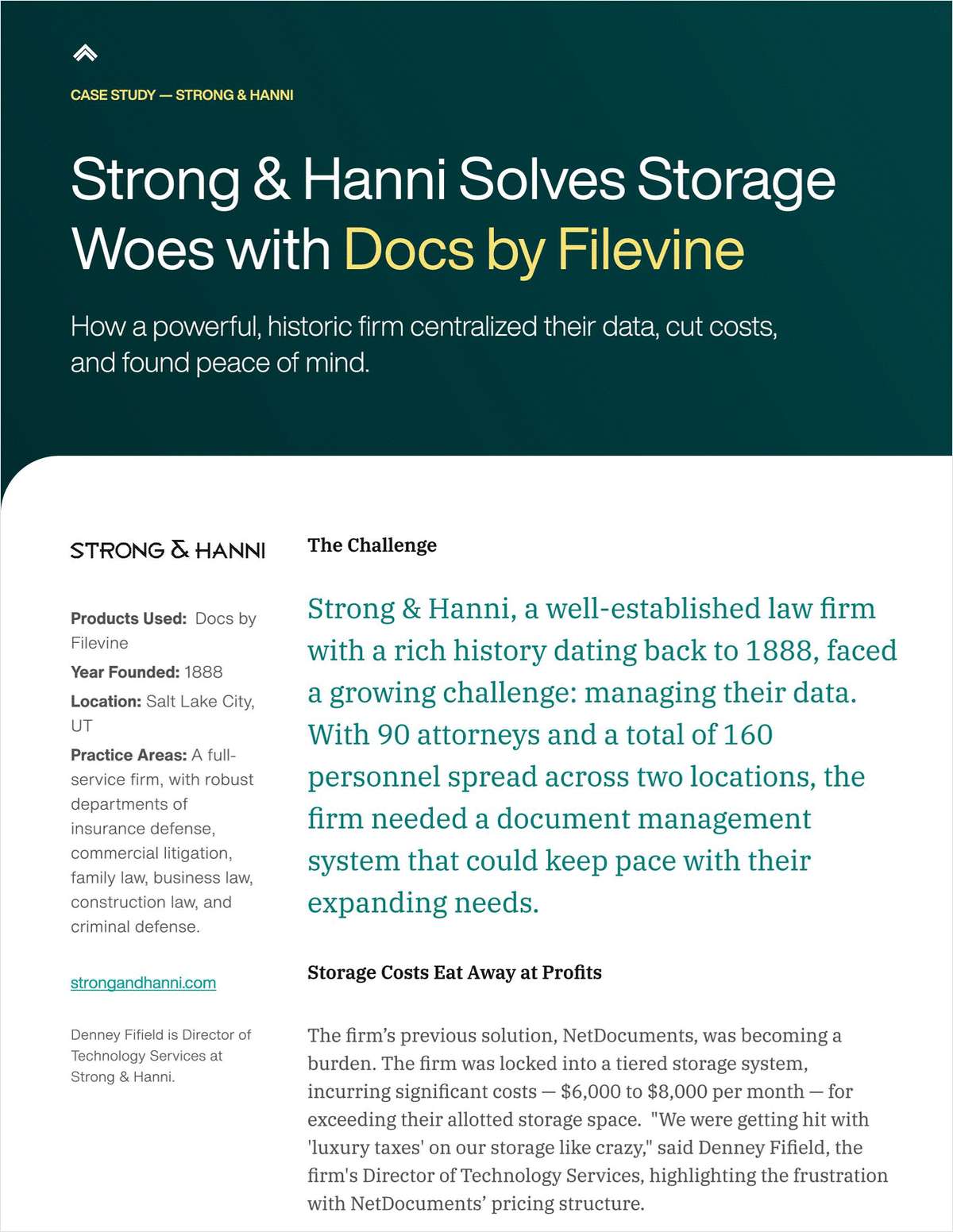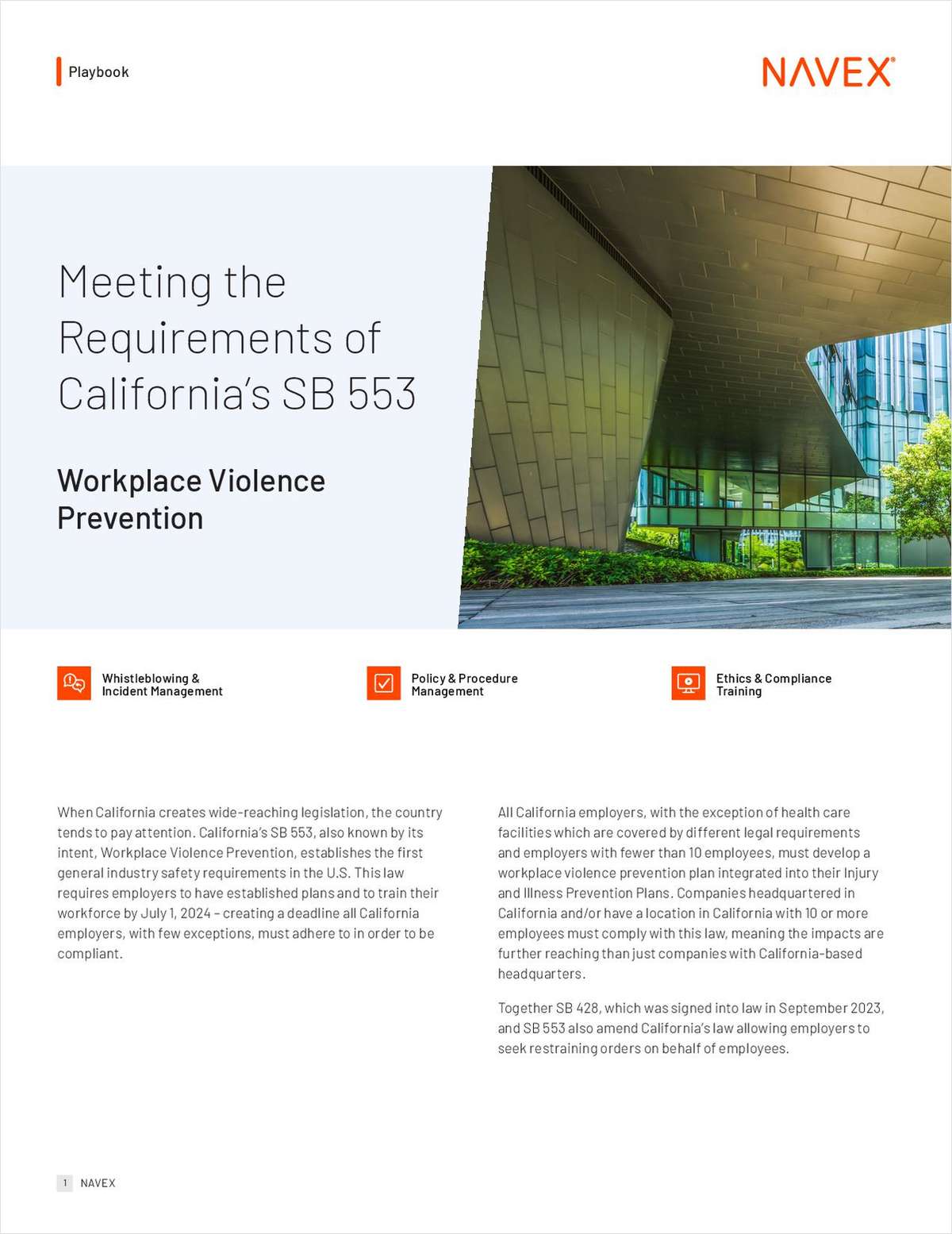 DACA supporters rally at the U.S. Supreme Court on Nov. 12, 2019. Credit: Diego M. Radzinschi / ALM
DACA supporters rally at the U.S. Supreme Court on Nov. 12, 2019. Credit: Diego M. Radzinschi / ALMConnecticut Leaders Celebrate SCOTUS Decision Not to End DACA
Chief Justice John Roberts Jr. led the court in ruling 5-4 that the Trump administration had failed to address important factors bearing on its decision to wind down the program and that failure violated the federal law known as the Administrative Procedure Act.
June 18, 2020 at 02:45 PM
7 minute read
The original version of this story was published on National Law Journal
Connecticut's governor and lieutenant governor celebrated the U.S. Supreme Court's ruling Thursday in support of the Deferred Action for Childhood Arrivals Program, protecting about 700,000 immigrants from deportation. A divided court ruled the Trump administration's effort to end the program violated federal law.
"The Supreme Court affirmed today what we have been saying all along—Dreamers are members of our communities, and any attempt to change that would be unjust and wrong," said Gov. Ned Lamont in a public statement.. "Tearing people from the only homes they have ever known is cruel, heartless, and—despite what the administration may claim—doesn't even serve a national security purpose."
Lamont said the Supreme Court made "the right decision" Thursday by "giving Dreamers across our country the stability that they deserve."
Lt. Gov. Susan Bysiewicz echoed the governor's remarks. "The U.S. Supreme Court's ruling today solidifies what what we already know—Dreamers are as American as you and I, and our families," she said. "For years as the Trump Administration sought to dismantle DACA, thousands of young people have been forced to put their futures on hold. Today's victory was made possible by the unwavering courage and resilience of countless DACA recipients and activists who stood up, fought for their dreams and refused to be silenced. This victory belongs to them."
Chief Justice John Roberts Jr. led the court in ruling 5-4 that the Trump administration had failed to address important factors bearing on its decision to wind down the Deferred Action for Childhood Arrivals program and that failure violated the federal law known as the Administrative Procedure Act.
"Here the agency failed to consider the conspicuous issues of whether to retain forbearance and what if anything to do about the hardship to DACA recipients," wrote Roberts. "That dual failure raises doubts about whether the agency appreciated the scope of its discretion or exercised that discretion in a reasonable manner."
The court did not decide whether "DACA or its rescission are sound policies," Roberts wrote. He continued: "We address only whether the agency complied with the procedural requirement that it provide a reasoned explanation for its action."
The court said the "appropriate recourse" was to remand the question of DACA rescission to the Department of Homeland Security "to consider the problem anew."
Although all nine members of the court agreed that the executive branch has the authority to rescind the program, Justice Clarence Thomas, joined by Justices Samuel Alito Jr. and Neil Gorsuch, dissented in part, writing, "Today's decision must be recognized for what it is: an effort to avoid a politically controversial but legally correct decision. The court could have made clear that the solution respondents seek must come from the Legislative Branch." Alito also wrote separately, dissenting in part, as did Justice Brett Kavanaugh.
Justice Sonia Sotomayor wrote in her concurring opinion: "The majority rightly holds that the Department of Homeland Security (DHS) violated the Administrative Procedure Act in rescinding the Deferred Action for Childhood Arrivals (DACA) program. But the Court forecloses any challenge to the rescission under the Equal Protection Clause. I believe that determination is unwarranted on the existing record and premature at this stage of the litigation. I would instead permit respondents to develop their equal protection claims on remand."
California Attorney General Xavier Becerra said in a statement:
"Ending DACA would have been cruel to the hundreds of thousands of Dreamers who call America home, and it would have been bad for our nation's health. Today we prevailed on behalf of every Dreamer who has worked hard to help build our country—our neighbors, teachers, doctors, and first responders. The highest court in our land saw through the Trump Administration's illegal, baseless excuses. The court agreed: If you work hard and play by the rules, you deserve a chance to get ahead."
The court's decision came after an unusual post-argument brief was filed by lawyers for the Dreamers in one of the three cases before the justices. The brief informed the justices that 27,000 Dreamers are health care workers and nearly 200 are medical students, residents and physicians, many now fighting the virus across the nation.
Terminating the program would have a "catastrophic" effect on fighting the virus and on the economy, they told the justices.
"The pandemic sheds new light on the reliance interests of healthcare providers and the public health consequences of ignoring those interests," wrote Michael Wishnie of the Jerome N. Frank Legal Services Organization, counsel of record in the case Wolf v. Vidal.
The DACA program was created in 2012 by the Obama administration and provided temporary, renewable relief from deportation to children brought to the United States by their undocumented parents. It also allows them to work. In 2017, the Trump administration announced it would end the program, which would make an estimated 700,000 young people eligible for deportation.
A three-judge panel in 2018 ruled against the government. In the case Dept. of Homeland Security v. Regents, University of California, U.S. Solicitor General Noel Francisco asked the justices to decide two questions: whether the decision to rescind the DACA policy was reviewable by courts, and whether the decision was lawful.
The justices consolidated the California case with two other cases in which the Trump administration suffered defeats: Wolf v. Vidal (Second Circuit) and Trump v. NAACP (D.C. District Court).
During arguments in November, the court's conservative justices appeared ready to side with the government, although expressing sympathy for the plight of the Dreamers. The justices on the liberal wing were skeptical of the administration's justifications for the wind down and noted the strong reliance on the program by not just Dreamers but by military organizations, educational institutions and others.
"DACA was always meant to be a temporary stopgap measure that could be rescinded at any time, which is why it was only granted in two-year increments," Francisco argued. "So I don't think anybody could have reasonably assumed that DACA was going to remain in effect in perpetuity."
Gibson, Dunn & Crutcher partner Theodore Olson, counsel to the parties defending DACA, told the justices that the administration's decision to end the program "triggered abrupt, tangible, adverse consequences and substantial disruptions in the lives of 700,000 individuals, their families, employers, communities and the armed forces. That decision required the government to provide an accurate, reasoned, rational and legally sound explanation. It utterly failed to do so."
After the government announced the program's termination, five related lawsuits challenging the decision were filed in the U.S. District Court for the Northern District of California.
The challengers included the regents of the University of California, DACA recipients, California and a number of other states and counties, and a labor union. They argued the rescission of the program violated the APA and due process, and denied DACA recipients the equal protection of the laws.
U.S. District Judge William Alsup in San Francisco in January 2019 issued the first of two temporary nationwide injunctions after finding that the challengers to the government's action were likely to succeed in showing that the decision to rescind the DACA policy was arbitrary and capricious.
In February 2019, a second federal judge—Nicholas Garaufis in Brooklyn—issued an order keeping in place the DACA program. That ruling in Vidal v. Nielsen stemmed from lawsuits filed by immigration rights groups and 15 state attorneys general and the District of Columbia.
And in April 2018, U.S. District Judge John Bates in Washington, D.C., ruled against the Trump administration's rescission of the DACA program in the suit filed by the NAACP and Princeton University trustees.
Read the opinion:
|This is a developing report and will be updated.
This content has been archived. It is available through our partners, LexisNexis® and Bloomberg Law.
To view this content, please continue to their sites.
Not a Lexis Subscriber?
Subscribe Now
Not a Bloomberg Law Subscriber?
Subscribe Now
NOT FOR REPRINT
© 2024 ALM Global, LLC, All Rights Reserved. Request academic re-use from www.copyright.com. All other uses, submit a request to [email protected]. For more information visit Asset & Logo Licensing.
You Might Like
View All



Vince McMahon's Accuser Pursues Records Amid Sexual Assault, Trafficking Claims
4 minute readLaw Firms Mentioned
Trending Stories
- 1The Law Firm Disrupted: Playing the Talent Game to Win
- 2A&O Shearman Adopts 3-Level Lockstep Pay Model Amid Shift to All-Equity Partnership
- 3Preparing Your Law Firm for 2025: Smart Ways to Embrace AI & Other Technologies
- 4BD Settles Thousands of Bard Hernia Mesh Lawsuits
- 5A RICO Surge Is Underway: Here's How the Allstate Push Might Play Out
Featured Firms
Law Offices of Gary Martin Hays & Associates, P.C.
(470) 294-1674
Law Offices of Mark E. Salomone
(857) 444-6468
Smith & Hassler
(713) 739-1250










